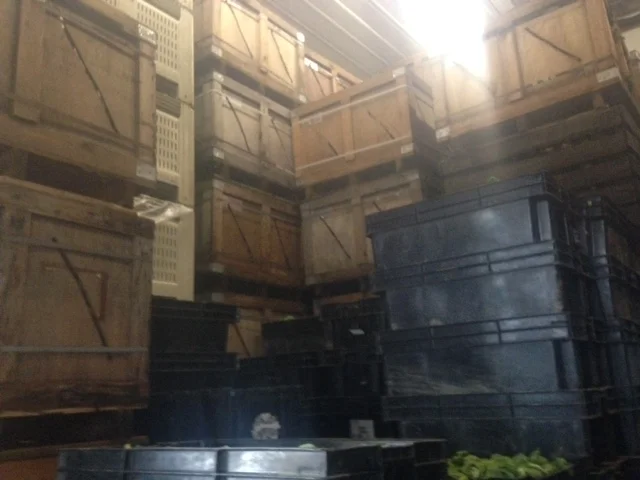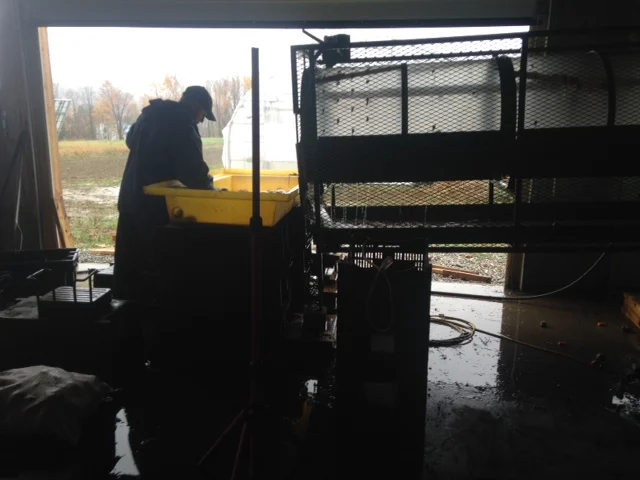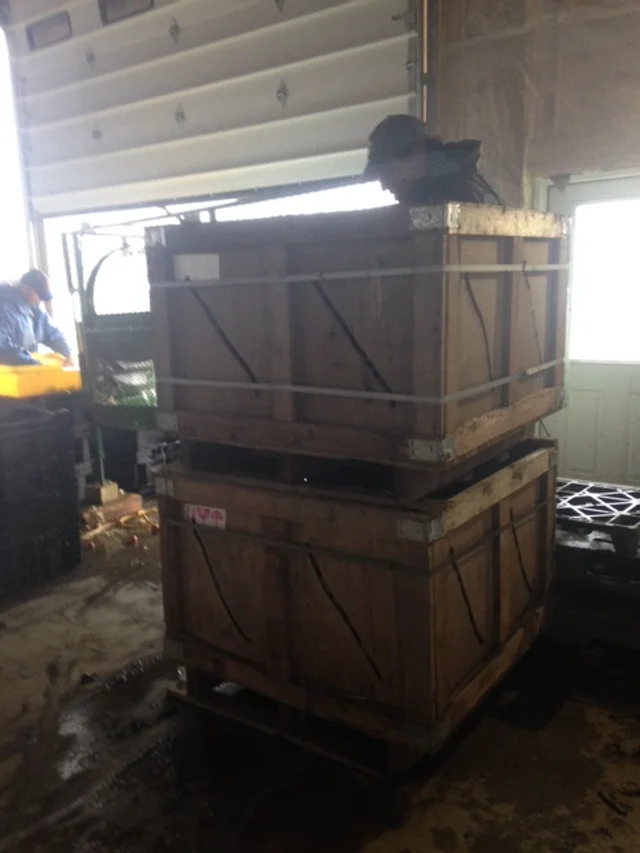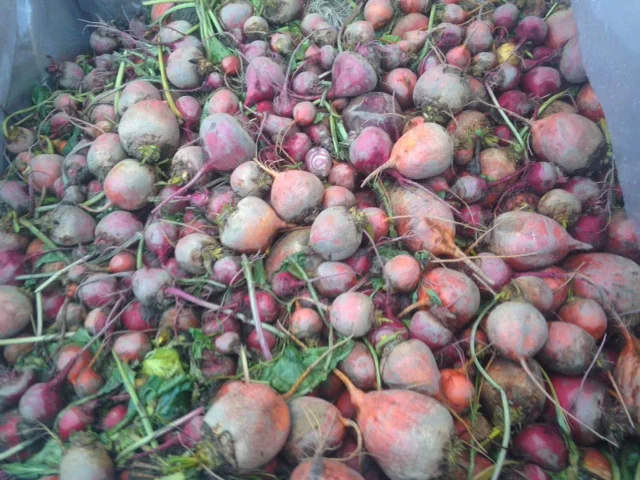Every summer we produce thousands of pounds of tomatoes at Jericho Settlers Farm, of all colors, sizes, and flavors. Fresh tomatoes in the summer are truly a treat for both the eyes and the stomach. And even better, they are super good for you! Tomatoes are considered a “functional food", meaning they do more than just provide basic nutritional and caloric needs. They also contain certain nutrients that can help prevent chronic diseases and heal and strengthen our bodies. Here are just a few of the amazing vitamins and minerals found in tomatoes, and what they do for you!
- Lycopene: a free-radical trapping anti-oxidant
- High levels of Calcium and Vitamin K: essential for strong bones!
- Vitamin B and Potassium: help reduce cholesterol and lower blood pressure
- Vitamin A: helps strengthen our eyes!
- Vitamin C: important for skin health, effective at healing sun damage
- Chromium: a nutrient that regulates blood sugar
- Bioflavonoids and Carotenoids: reduce inflammation, which can help minimize chronic pain.
Can’t get enough of these edible powerhouses? Stop by our farmstand and stock up on fresh red slicers, cherry tomatoes, saladettes, and heirlooms. And enjoy the nutritional benefits and summer fresh flavor of JSF tomatoes year round by picking up a few flats to can or freeze into delicious sauce, paste, or salsa that you can enjoy all winter long.









































